Ruby Wright (44) draws every day. But that wasn’t always the case. Having grown up with two artists for parents, her upbringing was naturally creative but by the time she was 15, drawing had started to feel intimidating to her. Still wanting to do an art degree though, Ruby opted for sculpture.
While she completed her degree, she lost her creative spark somewhere along the way and fresh out of university, got herself a job at a café. This ultimately led to a fateful encounter which would get her through the doors of her beloved BBC Radio 4 which she had grown up listening to. What started as a one-day look behind the scenes, soon turned into a job and a bit further down the line, into the production of radio documentaries one of which made it onto NPR’s This American Life.
Even though she enjoyed working in radio, Ruby didn’t feel like she fitted into the general culture of the BBC and began exploring other creative avenues.
She eventually realised that she had amassed a substantial collection of picture books over the years and was actually truly, madly, and deeply in love with illustration.
Ruby began printmaking and in 2017 decided that she wanted to be a picture book illustrator. After joining Claire Alexander’s picture book course, she gave herself 18 months to land a book deal.
In the end, it would be six years before her first authored & illustrated book, Animal Crackers, hit the shelves. Her next book will be published this year, and she is currently working on the illustrations for a third book.
1. There are certain career markers that we believe once achieved, mean we are ‘a proper artist’ from this day forward. For example - getting an art degree, winning a prestigious competition, or getting a book deal. Another one of those is doing a residency. You actually decided to ‘invent’ your own art residency. Can you share a bit more about that and tell us what you learned from doing it?
When we were at art school we were often told about residencies and how good they are for artists’ careers, but they seemed abstract to me. I imagined a lonely six months in a large white room with great expectations that at the end of it, there would be some fabulous body of work to show for yourself. That’s actually one of my anxiety dreams.
But I began to think perhaps you could do a residency anywhere, in a place of your choosing.
I fantasised about becoming artist-in-residence in a corner shop or in the lost property office at Transport for London, I think I even wrote to them asking if they’d consider taking me.
When my partner, who is a scientist, began a new project at University College London that was dealing with the problem of plastic waste I suggested myself as the project’s artist in residence, and he agreed. I got to sketch in laboratories, observing researchers testing enzymes that might be able to break down microplastics, and I went to recycling and composting facilities and visited abandoned landfill sites on the edge of the Thames. The residency was unpaid but there was a budget for a publication, so I made a concertina book about the life cycle of plastic that was given away to schools and community groups.
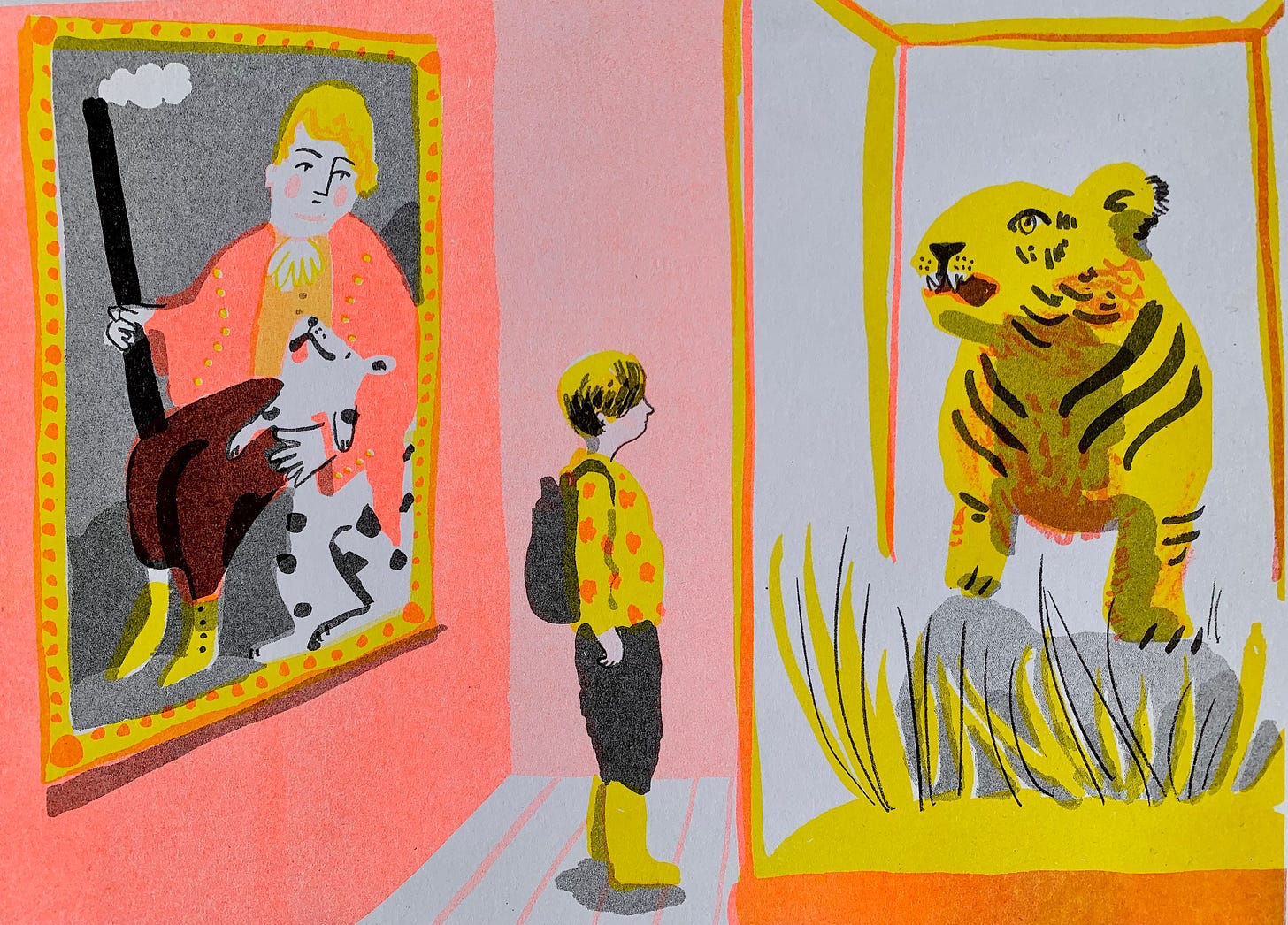
2. You are a very creative person and as a result, you have done what lots of creative people do and that is: lots of creative things – from sculpture to making radio documentaries to playing in a band and more. What ultimately helped you to decide to focus on children’s book illustration and how do you keep all the other exciting possibilities at bay?
I found it really hard to focus in my twenties, I said yes to everything. I remember someone once advising me that my CV was confusing, but I just thought that was the way I wanted to work, I didn’t want to limit any creative horizon and also I probably didn’t have the confidence to pin my colours to a particular mast.
But I became gradually aware that I could spend my whole life moving sideways and I wanted a career rather than just a series of interesting jobs. Having kids really made me sharpen my focus because I suddenly had so little time. We had childcare one day a week and my partner encouraged me to get a studio. It was a big financial and mental leap. I began to say in public that I was going to try and become an illustrator, and eventually, I began to say that I am an illustrator.
3. A big shift for you came when you started working with a mentor, in your case, Ness Wood from Orange Beak. How did this relationship help you in getting to where you are today?
I feel like this was the biggest step for me. I needed my hand holding. I’d considered applying for the Cambridge MA, but then I heard about Orange Beak Studio and had my first tutorial with Ness before I had time to submit my application, and from that first session I knew that this was a game changer.
Ness said I could make it as an illustrator if I was willing to put in a hell of a lot of work. I think she could see the fire in my belly, and I knew that I really wanted this one-to-one support. I went on the Orange Beak retreat where we had daily tutorials, lectures and workshops which were eye-opening, and just as importantly, there I met a gang of lovely illustrators who are still part of my support network. I continued to have tutorials with Ness every few months for a year or so before I was approached by Jodie Hodges, my wonderful agent. Jodie helped me further shape my portfolio with particular publishers in mind, and I got my first book deal a few months later.
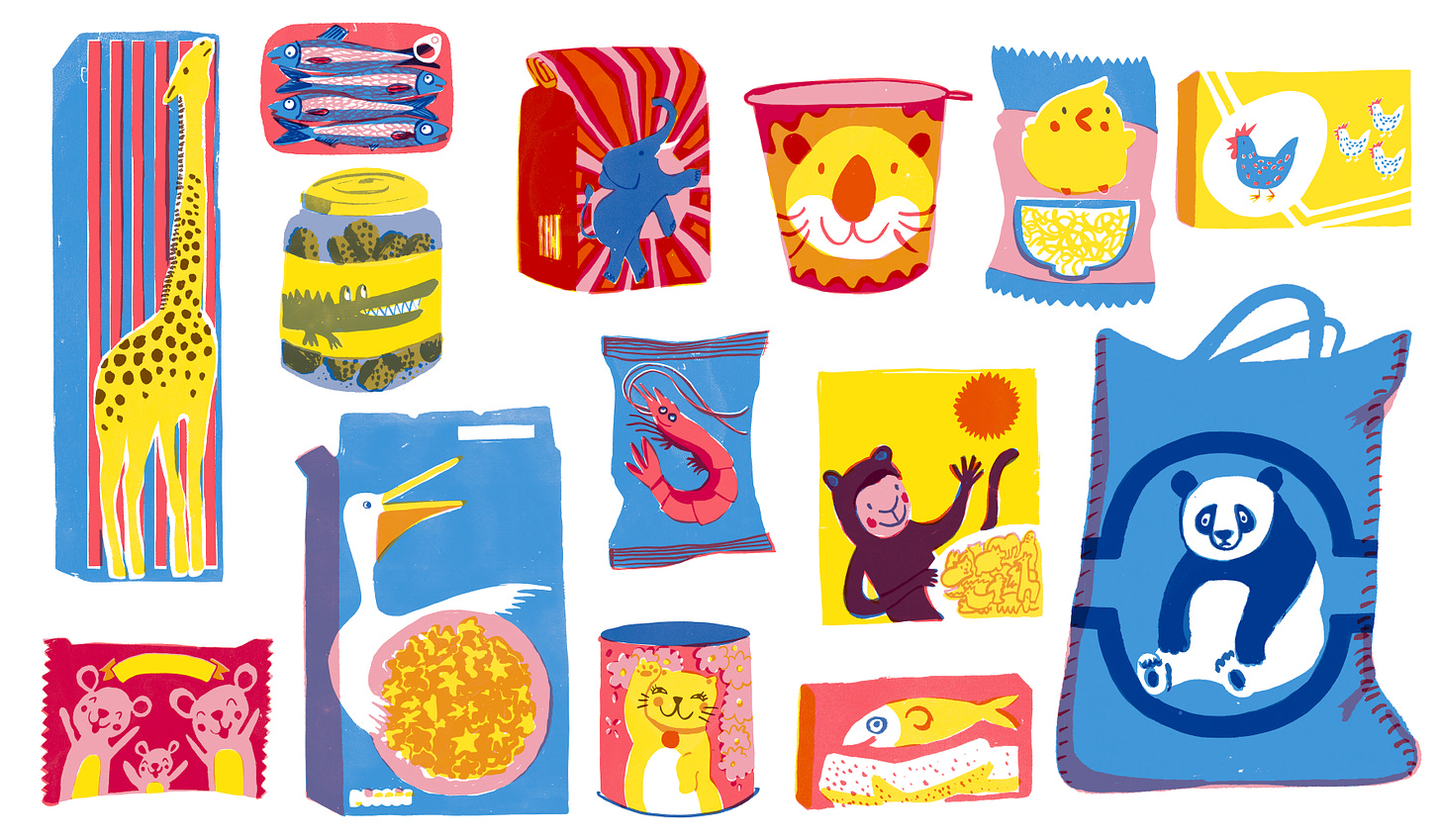
4. If someone had come to you in 2017 and told you that it would be six years until you could walk into a bookshop and see your book on the shelf there, would you still have embarked on this journey? And what piece of advice would you give yourself if you could go back to that moment when you decided to give yourself 18 months to get a book deal?
Definitely! I think my biggest fear was that I could piddle about, trying to make a book, paying for courses for the rest of my life. Six years is nothing if at the end of it you get to realise a dream. I’d give myself the same advice Ness gives me, “just bloody do it!”.
Persistence and practice in the form of drawing from life, that’s what you need. And encouragement and advice from people who know what they’re talking about!
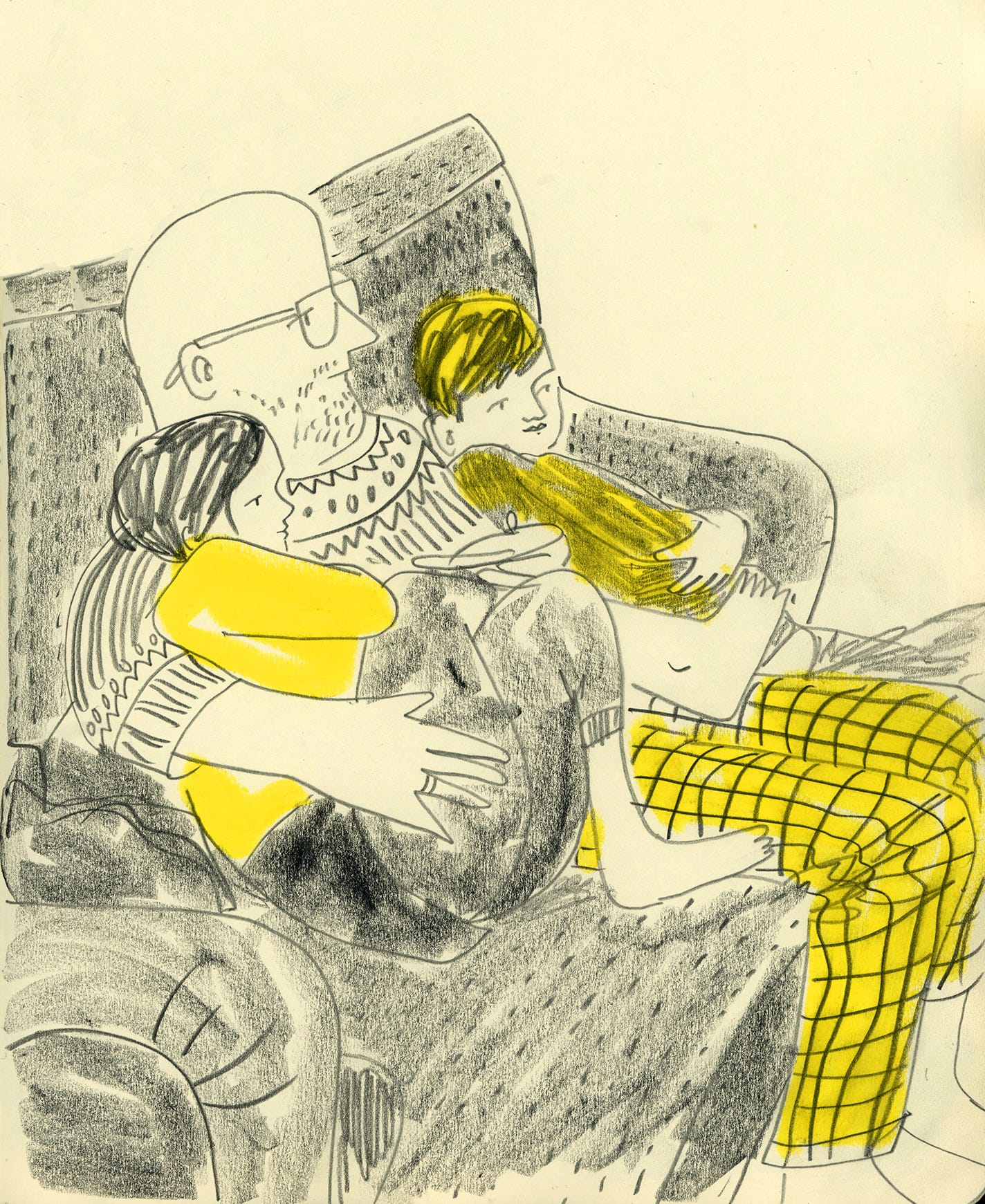
5. When we are trying to ‘make it’ as a children’s book illustrator we usually think as far as getting that first book published. But of course, the story doesn’t end there, does it?
Nope! In a way that’s the scariest moment. What if the book comes out and falls flat on its face, what if you just disappear and are forgotten? So you’ve got to drive the enthusiasm and keep on making yourself known to the next people who are going to publish your next book. You need energy for this bit, and hopefully one day there will be enough momentum for the book offers to come in without having to constantly knock on doors, but the picture book world contains some of the kindest and most supportive people I’ve ever met so for now I am really enjoying getting to know some of them!
Connect with Ruby
Website - www.rubywright.com
Instagram - instagram.com/rubywrightlino
Substack - rubywright.substack.com
Was there anything that particularly resonated with you in Ruby’s interview? I’d love to hear about it.
Do you know just the person who would enjoy reading this interview? Share it with them!
5 Questions for … is supported by readers and paid subscriptions help to make it possible. Please consider becoming a paid subscriber to keep it going.





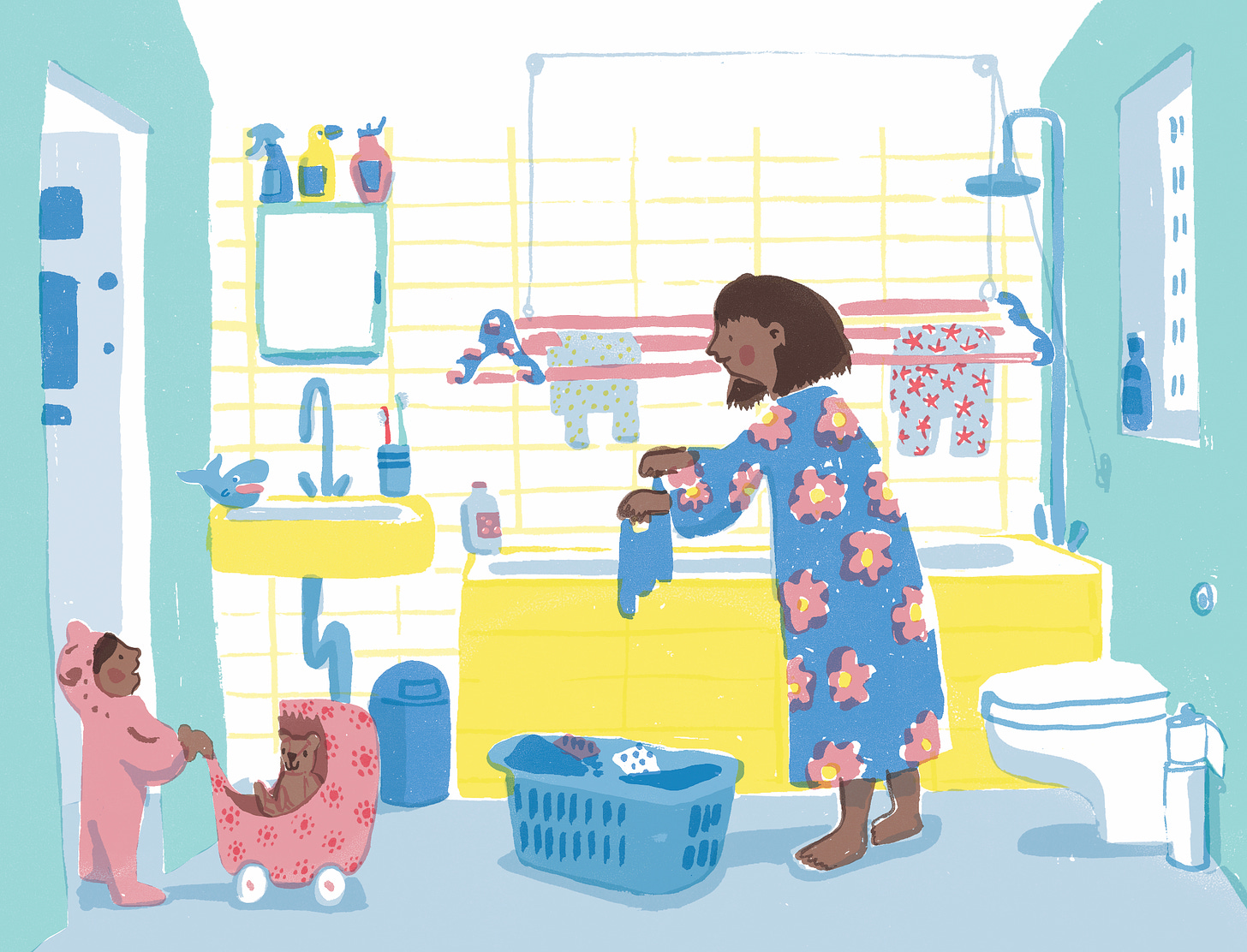
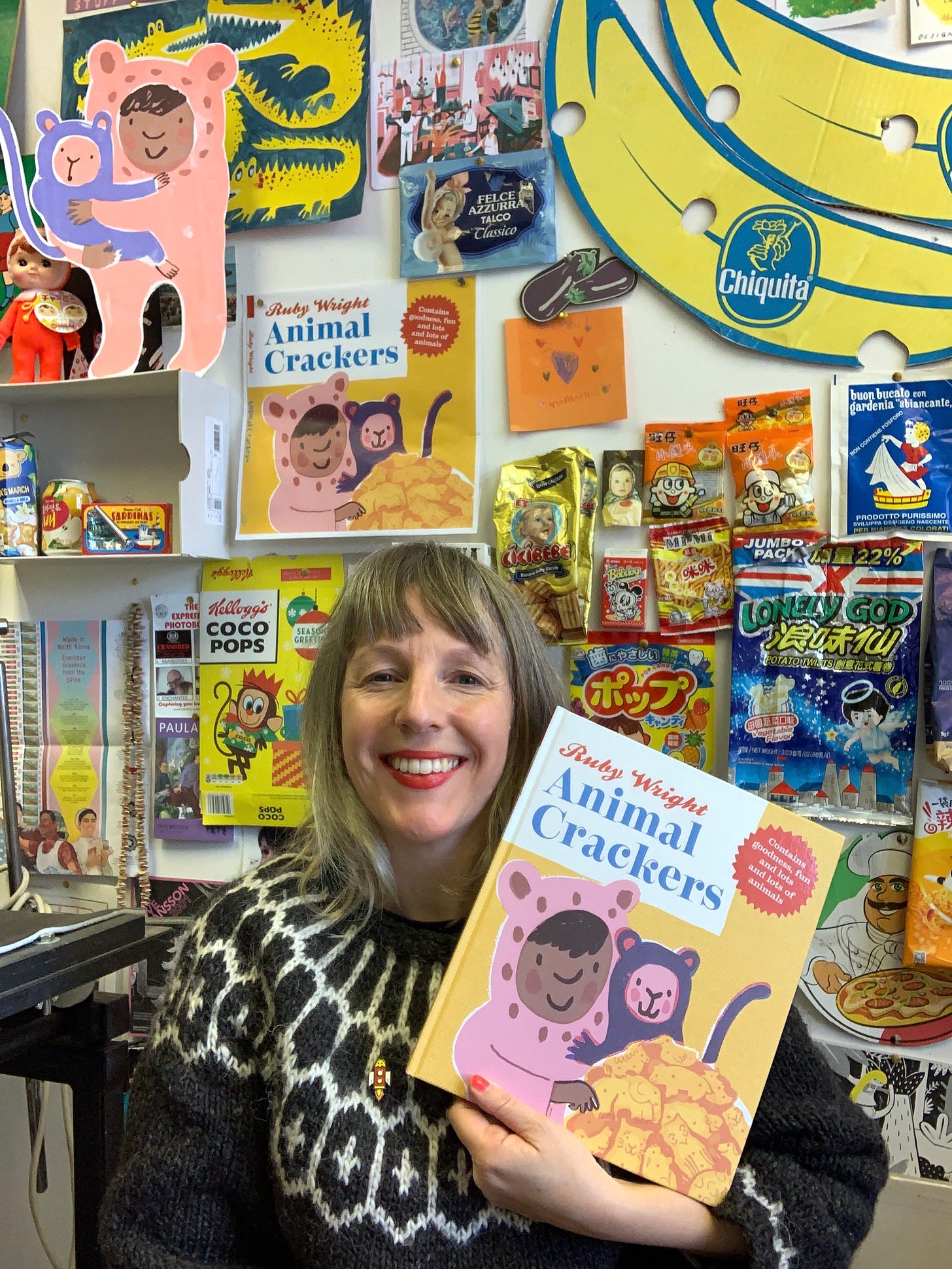
Really enjoyed this. So much joy in Ruby’s work!